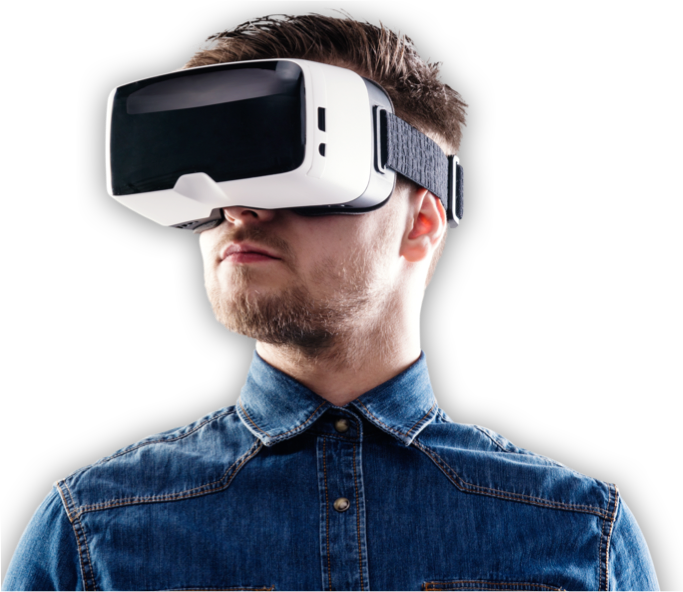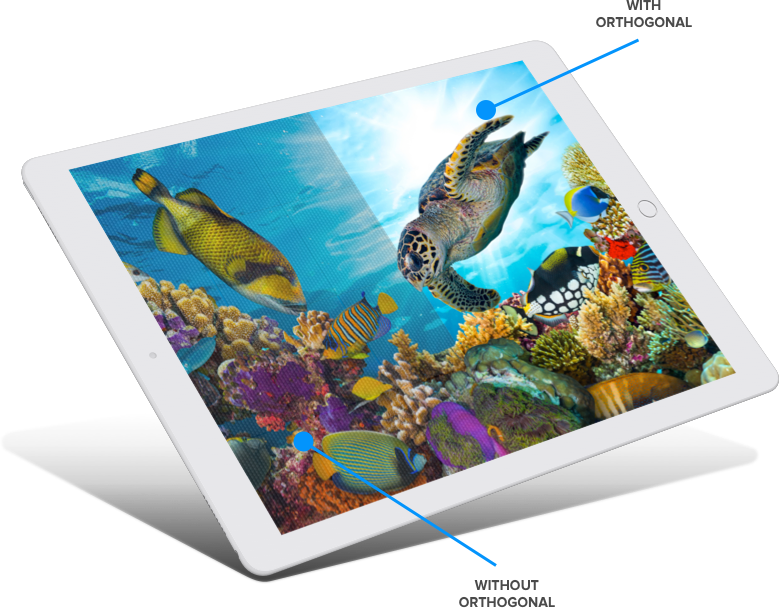Eliminating the Screen Door Effect
- Current OLED manufacturing processes require high alignment tolerances due to issues with the thickness and stability of the metal masks
- Around 80% of an OLED display is currently black (20% fill factor)
- In VR, this black space shows up as a visible "screen door" that can distract from the user experience.
- Orthogonal can increase the fill factor to as much as 80%, creating a smooth visual experience for the user


